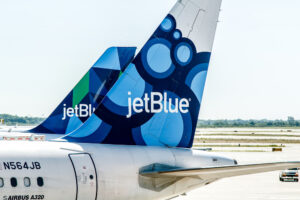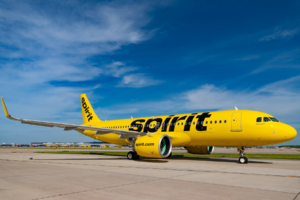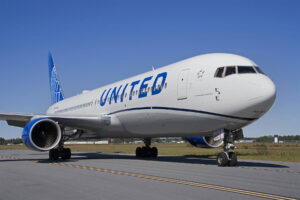Sully Sullenberger: Safety Regulations Remain Unchanged Nine Years After the Miracle on the Hudson

Captain Chesley “Sully” Sullenberger III says that little has changed since the successful water landing of US Airways Flight 1549. Aviation expert John Turner concedes that while airliners aren’t designed for water landings, with preparation, it is possible for passengers to survive these events.
It’s been nine years since Captain Chesley “Sully” Sullenberger III conducted the successful water landing of US Airways Flight 1549 on the Hudson River. While the incident catapulted Captain Sullenberger into the limelight, it hasn’t yet had an impact on the procedures by which pilots and crew execute a water landing.
In an interview with Telegraph Travel, the captain said, “Little has changed since our flight. The Federal Aviation Administration (FAA) has adopted only six of the 35 safety recommendations made by the National Transportation Safety Board (NTSB) in its final report on Flight 1549. We owe it to all who fly to act on what we have learned and not just let important recommendations gather dust on a shelf.”
He also explained that, “The only training we had gotten for a water landing was reading a few paragraphs in a manual and having a brief classroom discussion.”
Despite this, Captain Sullenberger added, “I am still very glad that we were able to save every life in such a sudden and intense crisis for which we had never been specifically trained.”
When it comes to the aviation industry at-large, John Turner, Fellow of the Royal Aeronautical Society and director of the Honorary Company of Air Pilots, provided further insight into how plane manufacturers are designing their craft to withstand water landings. While certain kinds of craft – like the Albatross and the Chinese-designed AG600 – are designed for water landings, Turner explained that “most modern airliners are not designed to take off and land on water, their design includes features to improve the chances of a successful emergency landing.”
He added that, “Companies are not required to actually ditch an airliner as part of its certification testing but they will do theoretical assessments.” Turner also reminds readers that, in the case of a water landing, “Individual passenger survival then depends first on how well the individual carried out the brace position when called to do so by the captain and cabin crew…A landing on water is survivable but you also need to help yourself. ”
[Photo: Shutterstock]






















far out. Listen to Sully you idiots